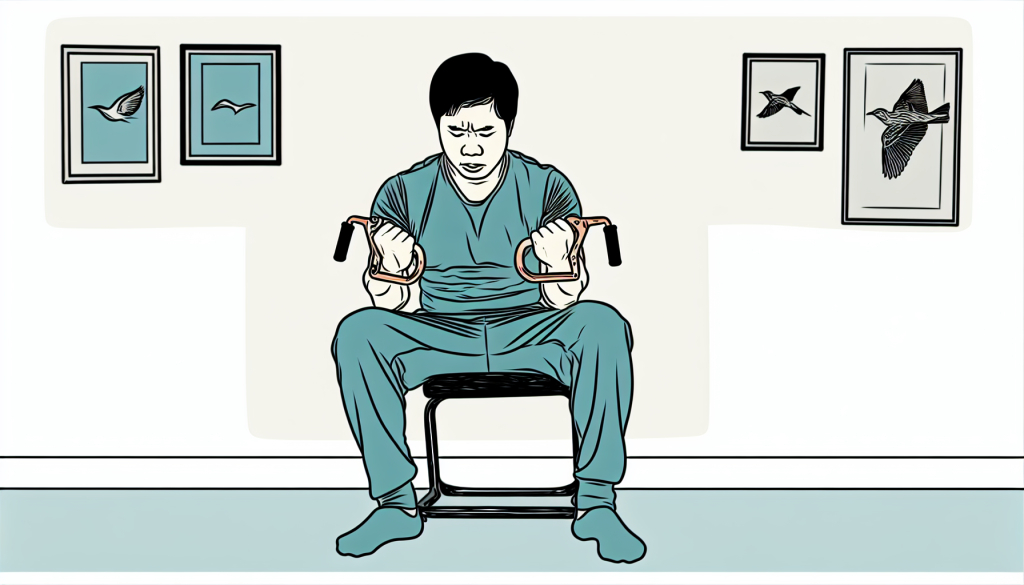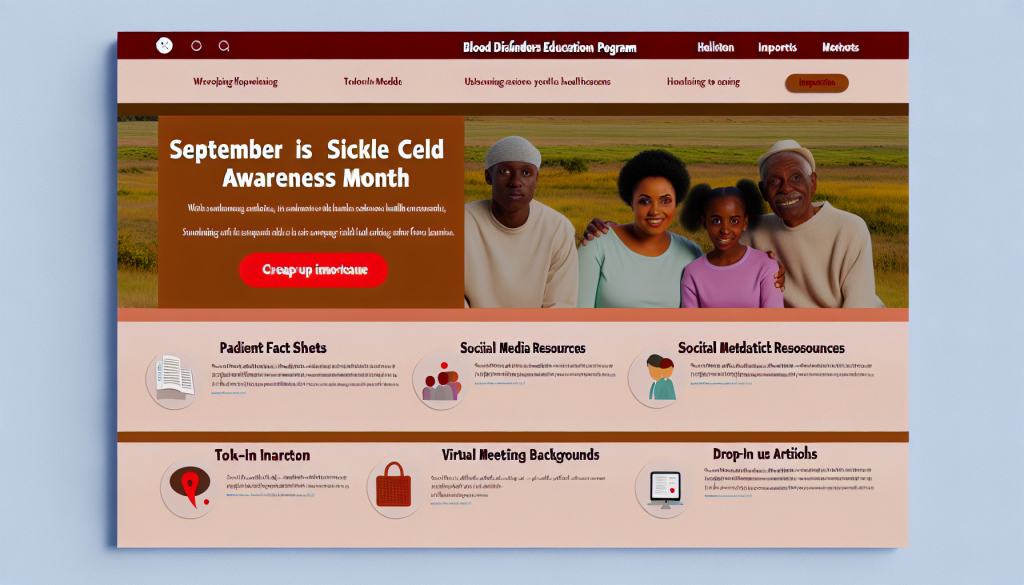Combating Muscle Loss

Maintaining Muscle Strength as You Get Older
From the age of 30, our bodies gradually begin to lose muscle. On average, people lose about 3 to 5% of their muscle mass every decade. You may not feel the difference at first, but over time, this decline can lead to noticeable weakness. Eventually, the loss may result in a condition known as sarcopenia.
“As people get older, they often experience a decrease in muscle size and power, which can limit their ability to perform everyday activities,” explains Dr. Rosaly Correa-de-Araujo, a specialist in aging from the National Institutes of Health.
Losing some muscle is a normal part of aging. However, significant loss can cause problems with balance, movement, and everyday tasks. Sarcopenia can make it difficult to rise from a chair, take a walk, twist open a jar, or carry heavy bags. It also raises the chance of experiencing falls.
Several issues can speed up muscle loss with age. These include chronic illnesses, inactivity, poor nutrition, and hormonal shifts, particularly those that occur during menopause.
It’s estimated that between 10% and 20% of seniors are affected by sarcopenia. However, diagnosing it accurately is challenging. There is no universal test to measure how much muscle has been lost. It’s also unclear at what point muscle loss becomes dangerous or disabling. To clarify this, a team supported by the NIH examined data from various studies involving thousands of individuals aged 65 and older.
They looked at three aspects of muscle health: grip strength, walking speed, and lean muscle mass. Results showed that lower grip strength and slower walking speeds (under 2.6 feet per second) were linked with a greater risk of injuries, movement issues, fractures, and even death. Surprisingly, lean body mass alone didn’t show strong connections to these risks. Based on their findings, the team recommended using grip strength and walking speed to evaluate sarcopenia.
As sarcopenia worsens, its consequences become more serious. It can nearly double the likelihood of being hospitalized due to falls, broken bones, or declining self-sufficiency. It may also reduce the body's ability to cope with illnesses like cancer.
There are ways to help prevent extensive muscle loss with age. Staying active is vital. “Resistance exercises are especially important, as they help you maintain strength,” says Correa-de-Araujo. Resistance training includes activities such as bodyweight workouts, squats, and weightlifting. See the section below on smart choices for more ideas on maintaining muscle.
Good nutrition also plays a key role in guarding against sarcopenia. Protein is essential for building and maintaining muscle tissue. A protein-rich diet can help support muscle health in older adults. Experts recommend consuming about 1.2 grams of protein per two pounds of body weight for managing or treating muscle loss.
Although more research is needed, some supplements may aid in preserving muscles when paired with proper diet and exercise. Some promising options include amino acids, fish oil, vitamin D, selenium, magnesium, and omega-3s.
If you're concerned about muscle weakness or suspect you may have sarcopenia, speak with your doctor. They can help you design a plan to reduce muscle loss and support a healthy, independent lifestyle.

